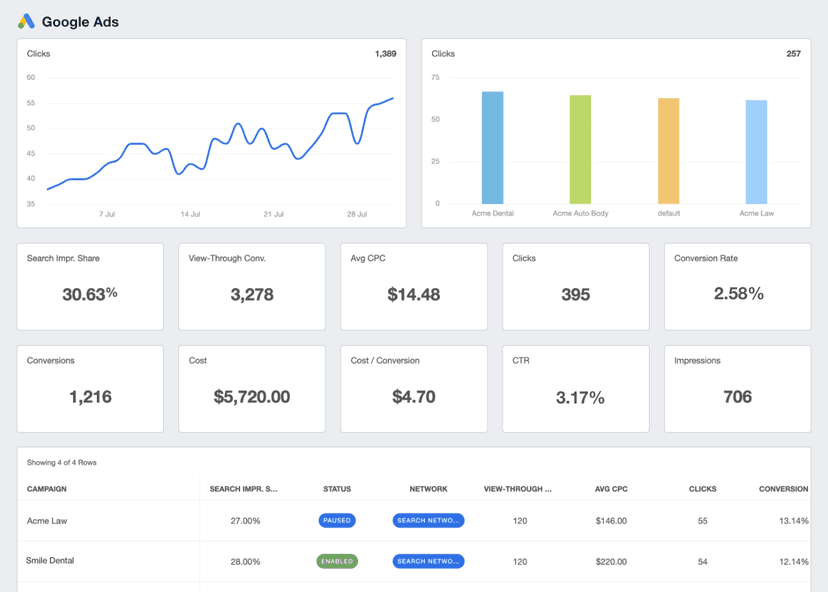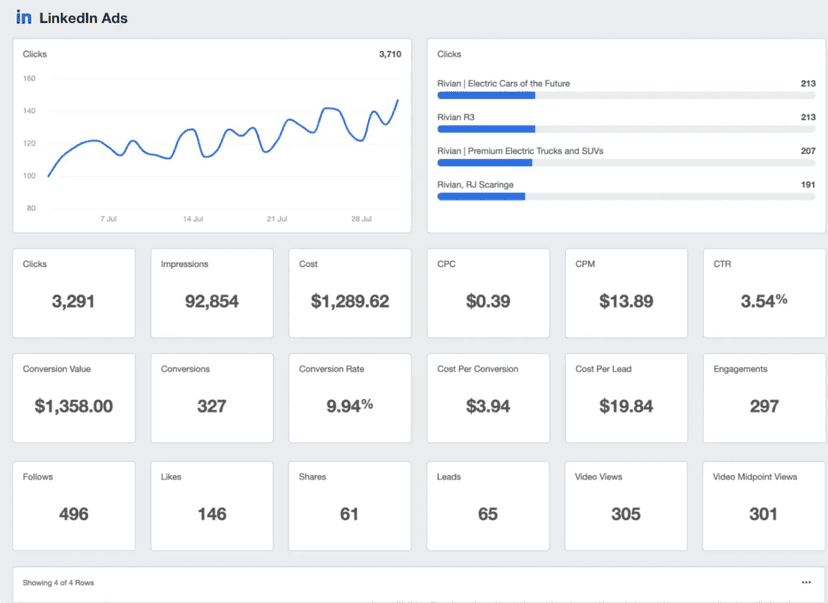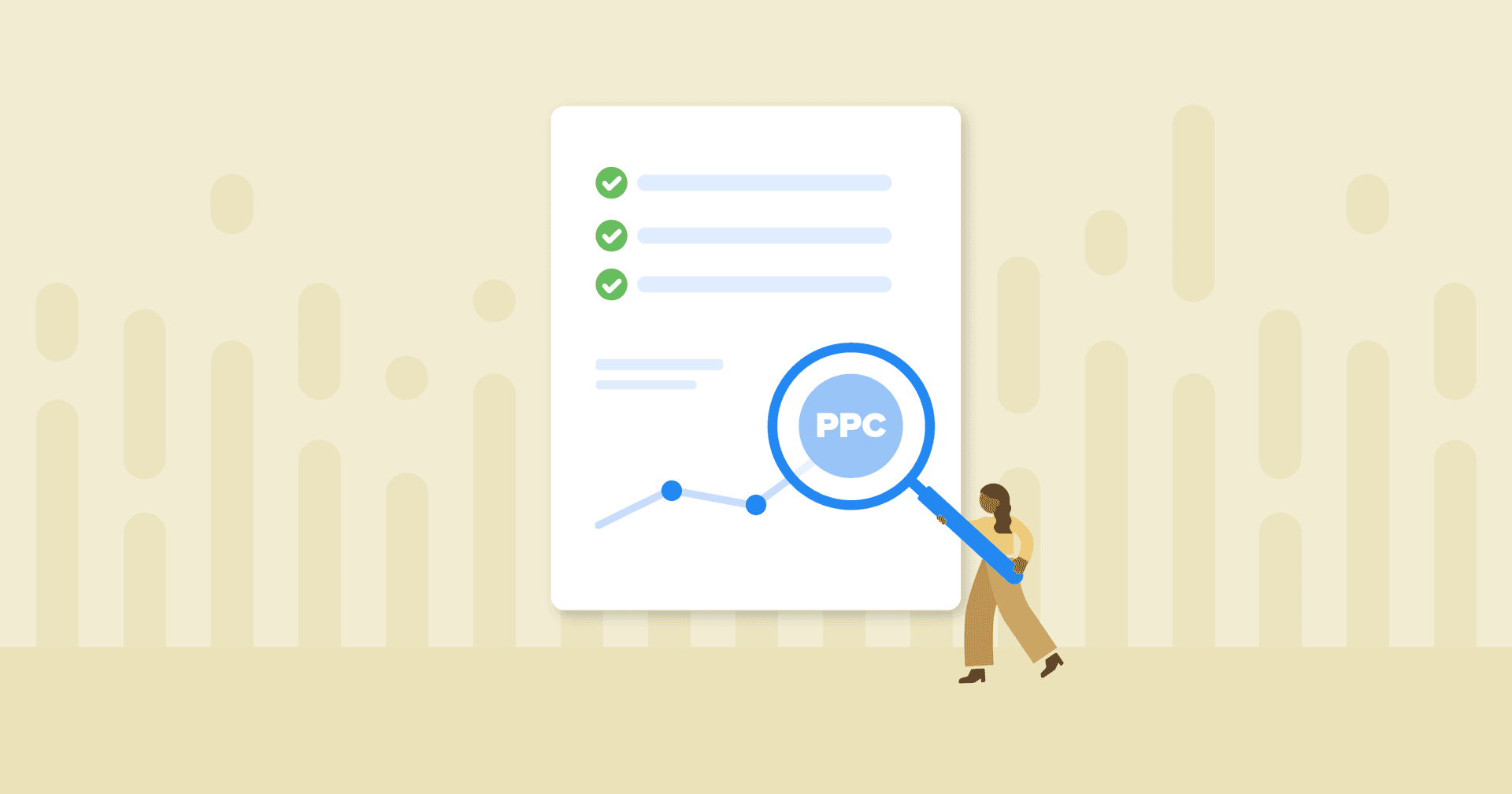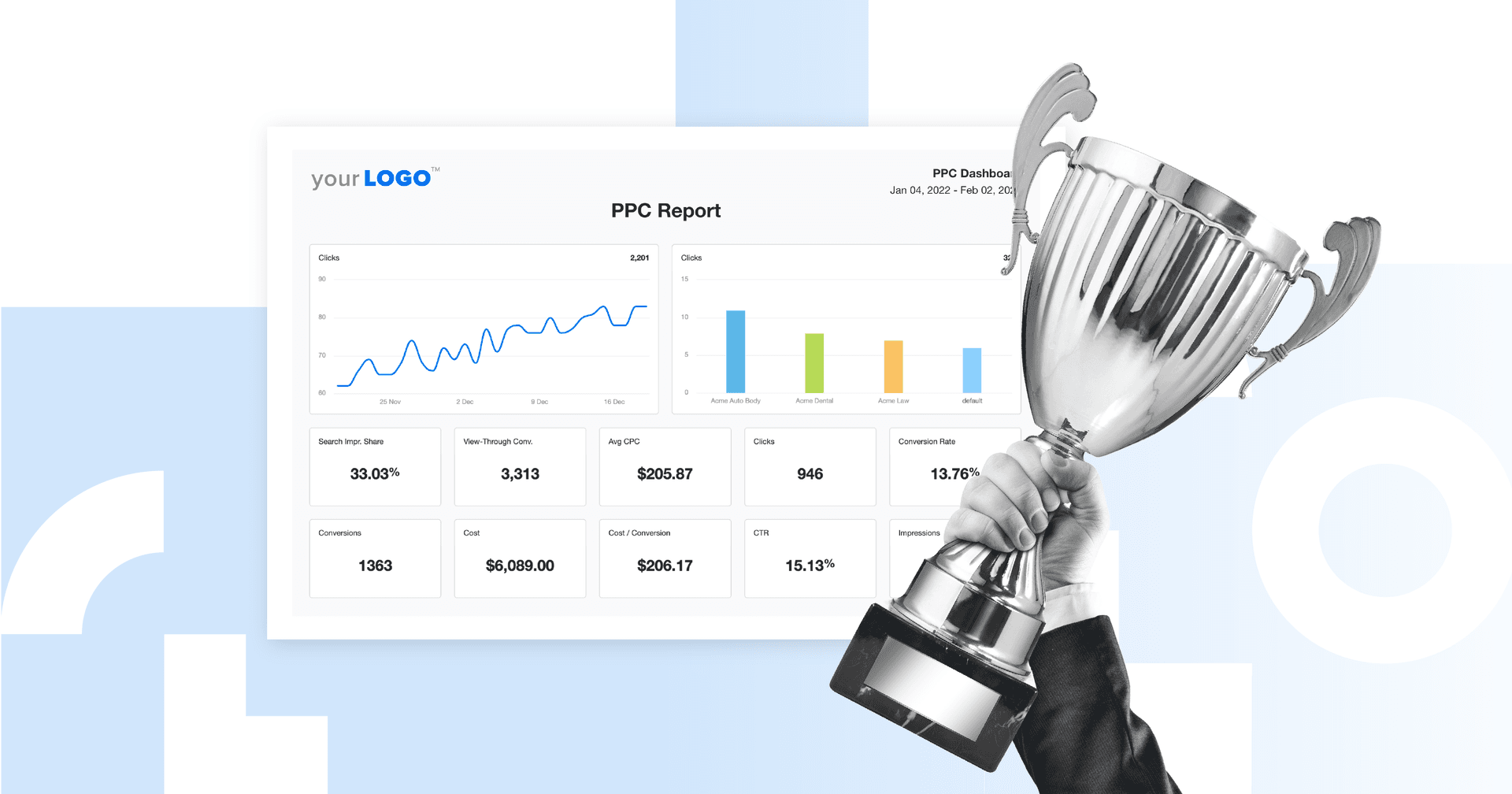Effective Cost Per Click (eCPC)
Track Performance
Gain a quick view of ad campaign efficiency through eCPC metrics.
Optimize Ad Spend
Adjust budgets based on eCPC to improve return on investment.
Demonstrate Value
Highlight ROI in client reports to showcase campaign efficiency.
Bid Strategy
Refine online advertising bid strategies for better cost management.
Why eCPC Is Important
eCPC helps in making informed decisions about where to allocate the advertising budget and which bidding strategy drives the maximum return. By focusing on eCPC, advertisers see how their bidding strategy directly influences the money spent on each click. This insight is especially crucial in platforms like a Google Ads account, where strategic bidding may significantly affect ad performance and spending efficiency.
Offering a standardized way to compare performance across different campaign types, eCPC provides a deeper understanding of the true cost efficiency of online advertising efforts.
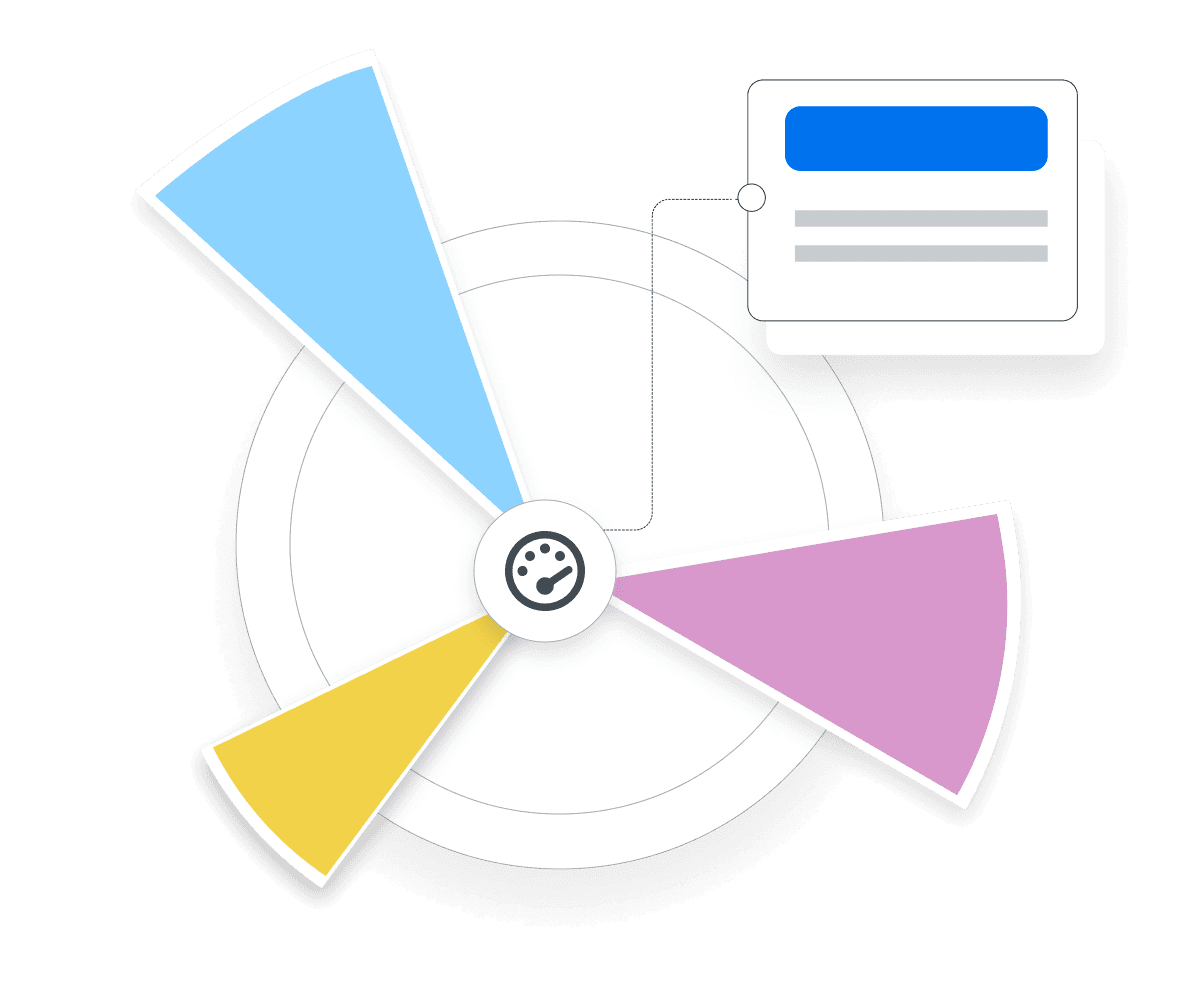
Stop Wasting Time on Manual Reports... Get PPC Insights Faster With AgencyAnalytics
How eCPC Interacts With Other Online Advertising KPIs
A lower eCPC against actual CPC suggests that the chosen strategy, whether CPA or CPM, is working to the advertiser's advantage, minimizing ad costs while maximizing ad performance. This comparison underscores the importance of eCPC in budget allocation and bid management.
Click-through Rate (CTR) and Conversion Rates are also vital in the context of eCPC. A higher CTR indicates that a larger proportion of viewers find the ads relevant, potentially leading to more conversions. Since eCPC is an indicator of cost efficiency, integrating CTR and Conversion Rate insights allows advertisers to gauge the effectiveness of their ads in attracting clicks and driving meaningful actions. After all, a low eCPC means very little if the target audience clicks but never converts.
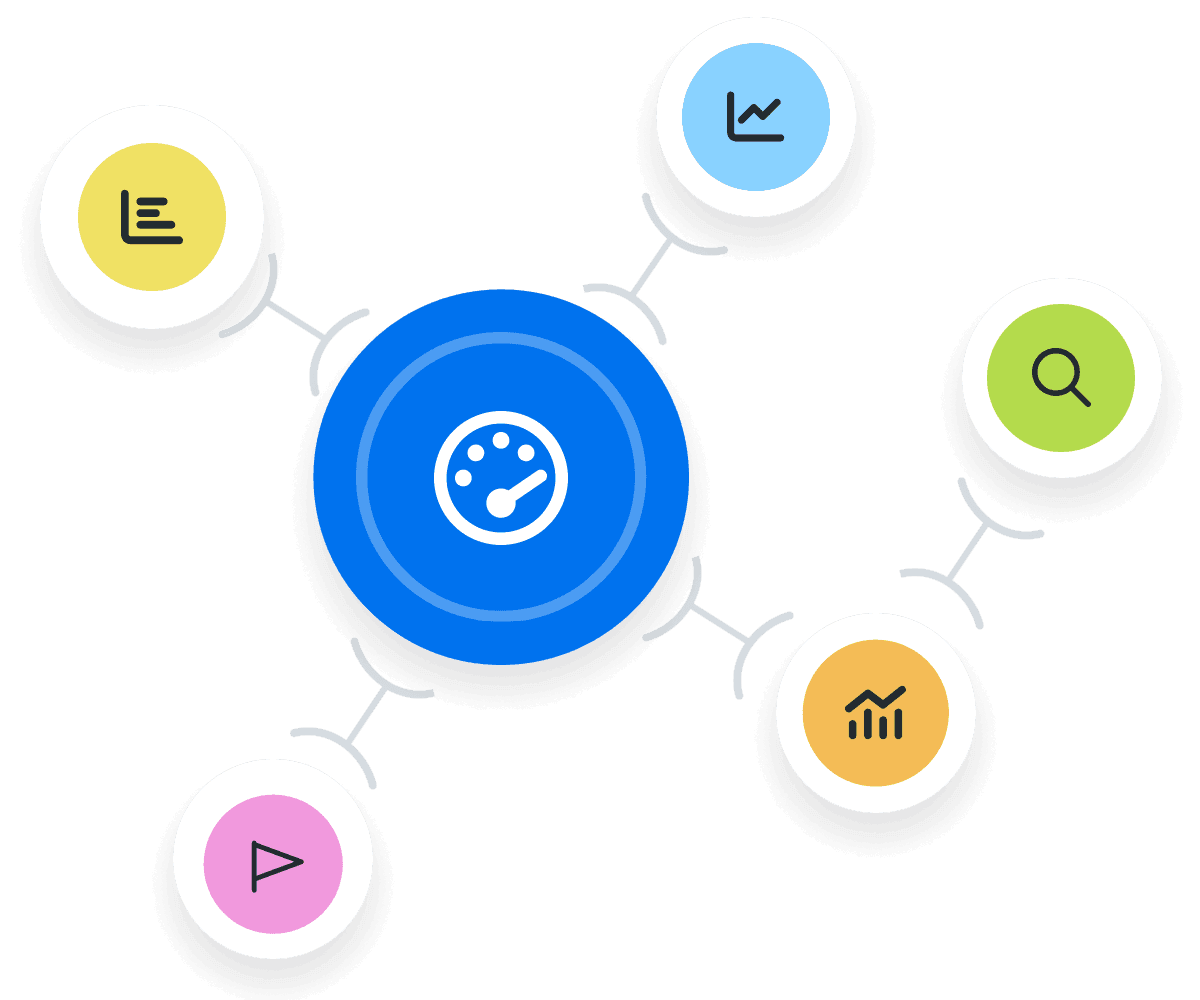
Key Factors That Impact eCPC
The synergy between eCPC and Quality Score is key. Ad relevance and the landing page quality play significant roles in optimizing eCPC. Ads that closely match user queries and landing pages that directly address the target audiences’ needs significantly improve ad rank and performance. This typically leads to higher quality scores, which will reduce the cost advertisers pay per click, and enhanced user experience, leading to better conversion rates.
While different bidding strategies also impact eCPC–both positively and negatively–the impact of an increased eCPC isn't inherently negative if it leads to a stronger return on investment (ROI). A higher eCPC might be justified if it targets more qualified leads or engages in competitive markets, where the ultimate conversion value outweighs the initial click cost.
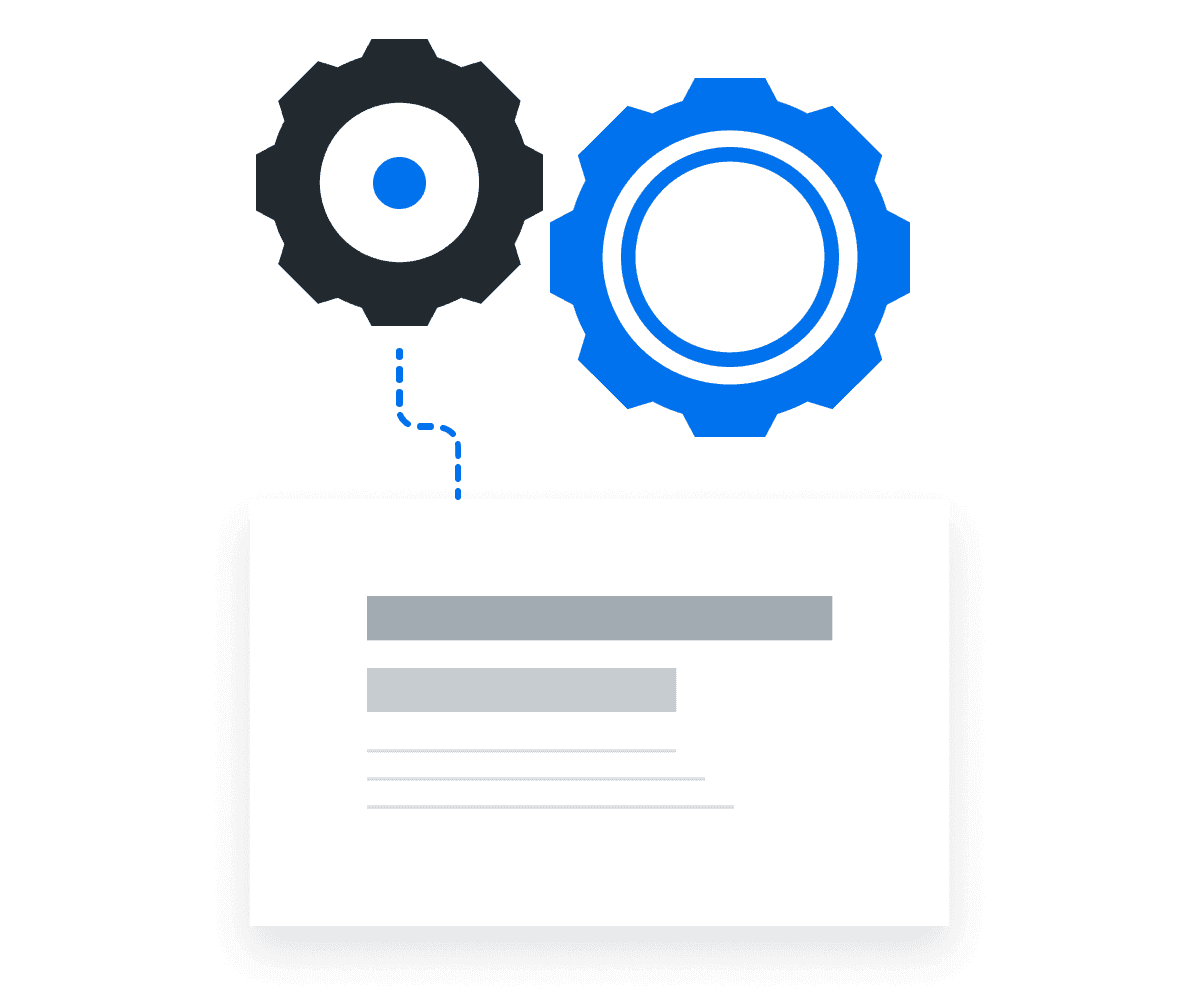
The cost per sale matters more than the cost per click. Focus on cost per action. Once you know your target cost per sale you’ll know which keywords are achieving it and which aren’t.
How To Calculate eCPC
Effective Cost Per Click (eCPC) is all about giving advertisers a straightforward way to see what they're really spending for clicks in their online campaigns. It takes the guesswork out of comparing costs from different types of ads, whether they're charged by click, impression, or action. This makes it easier to understand the actual cost of achieving a click, ensuring that decisions about where to put advertising money are based on solid data.
To calculate the Effective Cost Per Click, simply divide the total cost that the advertiser pays for all online ads by the total number of clicks received.
eCPC Formula Example
What Is a Good eCPC?
A good eCPC is one that makes sure the ad appears in front of the target audience but falls below the target Cost per Acquisition, meaning the click cost contributes to profitable conversions.
For example, if the goal of a campaign is to sell a product that nets $50 in profit per sale, an eCPC that maintains this target is considered efficient and desirable. This indicates that the advertising spend is translating directly into profitable actions, making the campaign cost-effective.
What Is a Bad eCPC?
A bad eCPC is one that significantly exceeds the target CPA or does not contribute to the desired conversion actions. If the click cost is high but doesn't lead to enough sales or leads to justify the spend, then the campaign needs reevaluation.
This situation signals that the advertising budget is not being used effectively, prompting a need for strategy adjustment.
How To Set eCPC Benchmarks and Goals
To set their own benchmarks, advertisers consider historical campaign data (including the average CPC for pay-per-click campaigns), industry averages, and the specific goals of the current campaign. By analyzing past performance, advertisers identify a range of eCPC that has historically led to successful outcomes.
Advertisers also use eCPC to back-calculate the necessary click cost to hit specific revenue targets. By determining the desired number of conversions and the Average Revenue per Conversion, advertisers work backward to identify a target eCPC that would allow the campaign to be profitable.
Why Effective Cost Per Click Matters to Clients
For clients, eCPC matters because it directly impacts their bottom line. No matter what the bidding strategy, a lower eCPC means the business is paying less for each click, which may lead to higher profits from online campaigns.
All else being equal, eCPC is a clear indicator of whether the money spent on ads is turning into interest from potential customers. When eCPC is optimized, it signifies that the campaign is not only reaching its intended audience but doing so in a cost-effective manner.

Why eCPC Matters to Agencies
For marketing agencies, eCPC is a testament to their ability to manage campaign spend. It reflects their skill in targeting the right audiences, managing the Google Ads auction-based platform, and crafting strong messages–all while controlling costs. Agencies use eCPC to demonstrate their value to clients, showing that they drive traffic to the site without overspending.
Agencies also look at eCPC to make informed decisions about their advertising strategies. A favorable eCPC means more room in the budget for other initiatives or scaling up successful campaigns.
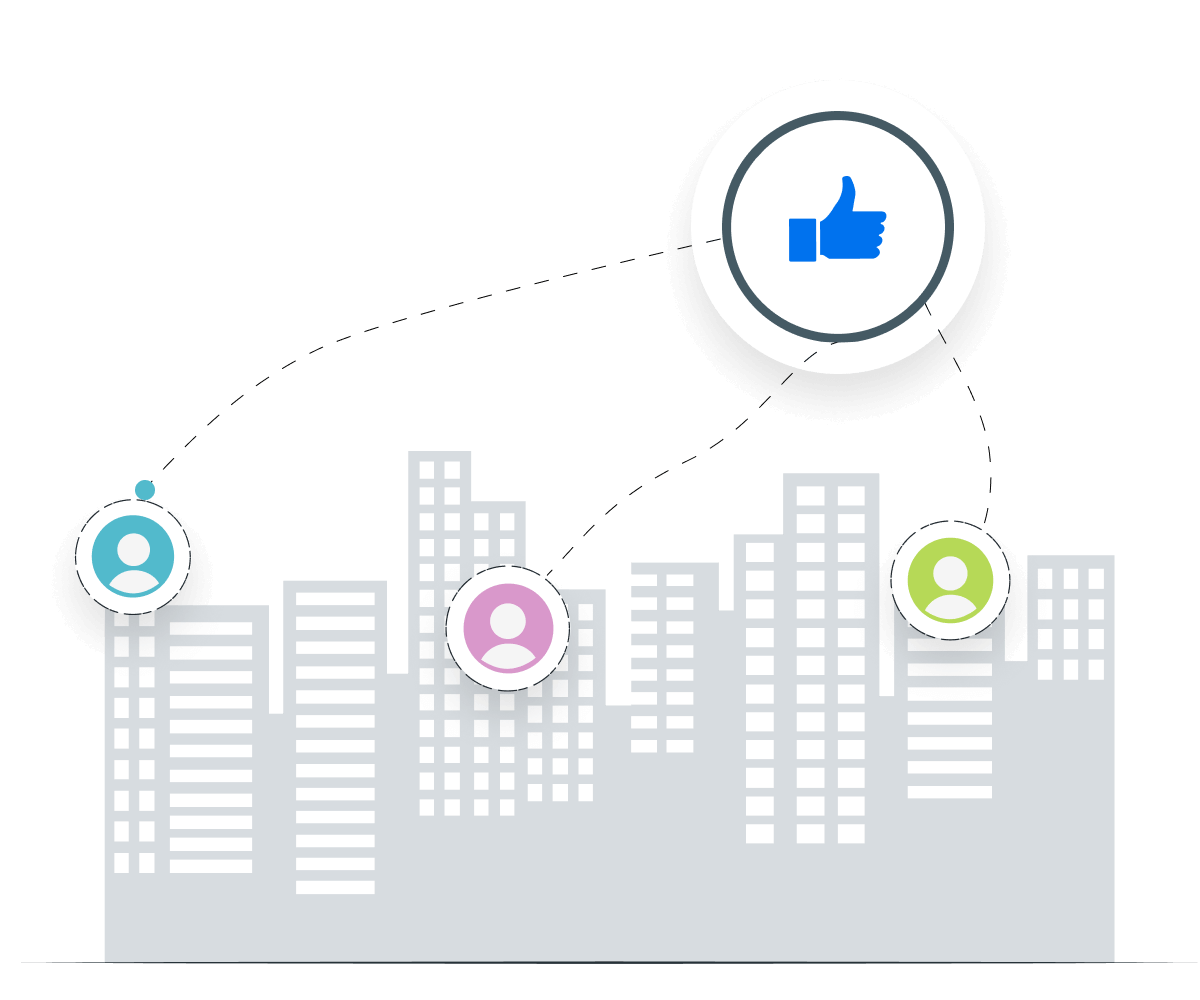
Pay Attention to Ad Rank Thresholds
Ad rank thresholds refer to the minimum bid necessary for an ad to appear in a certain position on the search engine results page or a website within the display network. These thresholds are determined by several factors, but it’s important to make sure that eCPC optimization does not push the ad below these minimum thresholds.
Monitor impressions after any optimization to confirm that the combination of ad quality, relevance, and the target bid exceeds these levels, or the ad impressions may dry up.
Save Time and Money by Automating Your Client Reporting
Best Practices When Analyzing and Reporting on eCPC
When it comes to making sense of Effective Cost Per Click (eCPC) and using this information to boost online advertising efforts, clear analysis and reporting are key.
Analyze Over Time
If eCPC is going up, it might mean ad costs are rising, or the ads aren't hitting the mark as well as they used to. A downward trend could indicate that optimization efforts are paying off.
Compare Across Channels and Campaigns
Maybe clicks from one social media platform cost half as much as those from another but lead to the same number of sales. Use this insight when deciding where to focus the ad spend.
Put in Context
Effective Cost Per Click is about how clicks translate into business results. Are those clicks leading to sales, sign-ups, or other valuable actions for the business?
Align to Client Goals
Use eCPC to directly support advertising goals. Whether it's increasing sales, boosting sign-ups, or raising brand awareness, eCPC is a powerful tool in an ad campaign's arsenal.
Visualize Performance
Visualizing eCPC performance makes complex data easier to understand. Charts and graphs quickly show trends, comparisons, and patterns that might be missed in rows of numbers.
Include Actionable Recommendations
By digging into the details and looking at eCPC from all angles, agencies make informed decisions that drive better ad performance and, ultimately, better business outcomes.
Many of our client relationships require customized reports because we’re managing multiple marketing channels for them at once to run cohesive, integrated marketing campaigns. They don’t want to see 7 reports, one per platform: Facebook Ads, Google Ads, Email Marketing, Website Analytics, etc. They want everything condensed into one easy-to-read report, where they can view all of their most significant marketing data in one place.
Adform Dashboard Example
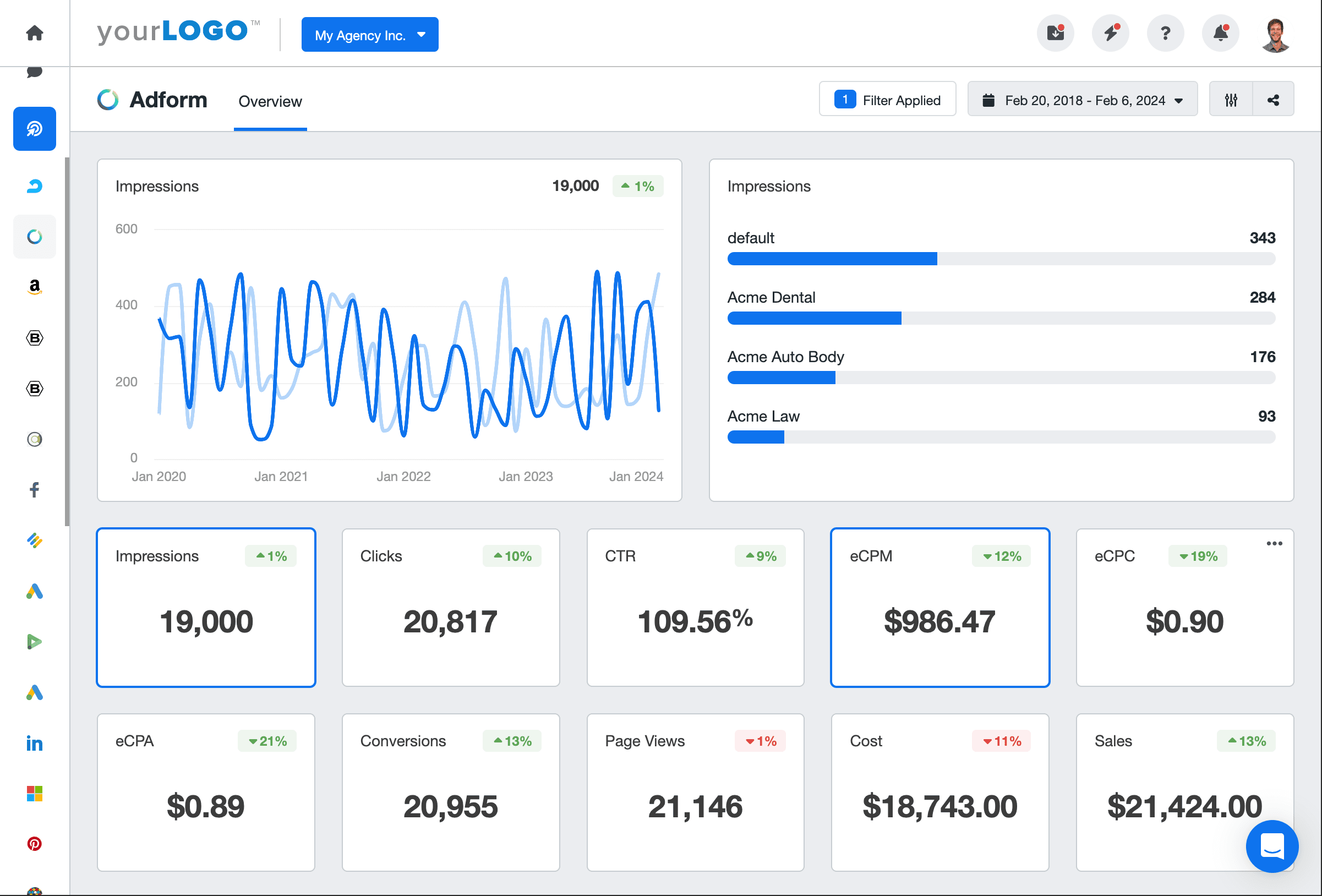
Related Integrations
How To Optimize eCPC
Improving Effective Cost Per Click enhances the efficiency of online advertising campaigns. Here are some actionable strategies to help lower eCPC and improve overall campaign performance.
Refine Targeting
Improve audience targeting by focusing on demographics, interests, new terms from Google Keyword Planner, and behaviors that closely match the ideal customer profile. More relevant ads tend to have higher Click-through Rates, leading to a lower eCPC.
Optimize Ad Creative
Refreshing ad images, testing different ad text, and adjusting calls to action will make ads more appealing to the target audience. Improved CTRs usually result in a reduced eCPC. Regular testing and optimization ensure that ads remain effective over time.
Use Negative Keywords
For campaigns running on search networks, using negative keywords helps prevent ads from appearing for irrelevant searches. This reduces wasted clicks, improving the overall quality of traffic. Regularly reviewing search terms and adding irrelevant terms as negative keywords keeps campaigns focused and efficient.
Related Blog Posts
See how 7,000+ marketing agencies help clients win
Free 14-day trial. No credit card required.


